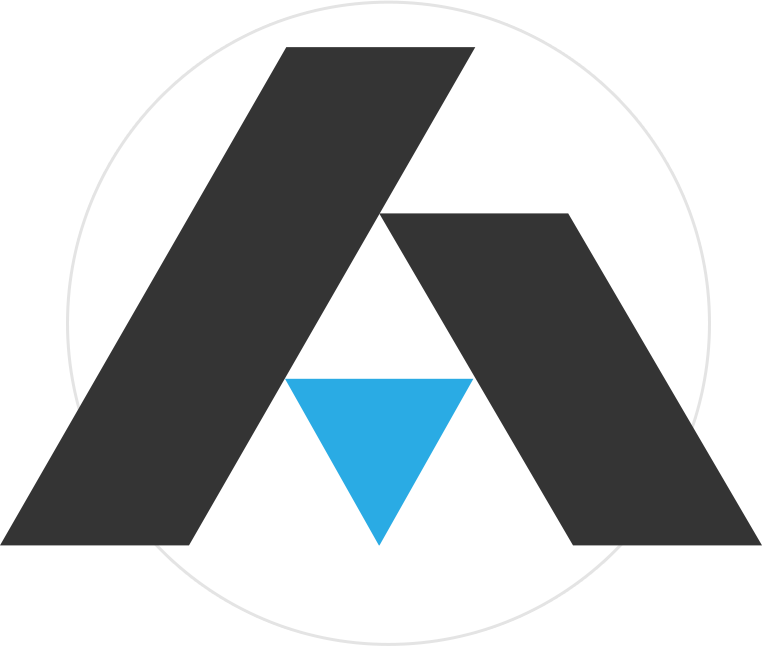
As Property & Casualty rates rise, and new exposures to loss increase (such as cyber risk, directors and officer liability, and wage and hour liabilities), insurance may more frequently be on your mind. You may have heard that captives are a viable alternative to save money and possibly minimize taxes. That is often true – captives can be a great option for mid-market organizations to reduce its total cost of risk, and if structured properly, provide quantifiable tax benefits. Captive insurance has proved to be an enormously powerful business-planning tool for managing risks in a formal, measurable and tax-efficient manner.
What is an Insurance Captive?
An insurance captive is not unlike a Health Savings Account (HSA). Rather than paying traditional premiums to an insurance company, an organization sets aside money to cover its own risk. Business owners can form their own captive to insure specific risks, such as workers’ compensation, general liability and automobile exposures. Doing so, allows businesses to proactively create a dedicated asset base to pre-fund losses.
Captives are best leveraged by mid-market companies that have medium to high exposures to loss, such as manufacturing, distribution, food processing and construction firms with 250 or more employees. These companies often look for new and innovative ways to deploy capital more efficiently. If a company has already moved to a large deductible insurance plan, then a captive is a great option to explore as a next step for further cost reduction and increased ROI.
Benefits of Forming an Insurance Captive
Here are seven ways organizations can benefit from a captive:
- Enhanced risk control. By deliberately and thoughtfully identifying sources of risk, businesses can improve their resiliency and agility in both near and long-term planning
- Improved management of difficult risks. A captive can provide organizations with coverage that is difficult or uneconomical to obtain in the commercial insurance market
- Reduced insurance costs. Using a captive can eliminate between 25 and 28 percent of the traditional insurance premium that covers acquisition costs, overhead, state taxes and fees profit. Business owners keep the underwriting profit
- Impressive tax benefits. Captives are generally taxed on investment income and not profit
- Certainty through underwriting cycles. Pricing volatility of the commercial insurance market can be reduced by using a captive, leading to greater budgetary stability and more predictable costs
- Improved cash flow. Reducing the total cost of risk, while benefiting from investment income, significantly improves cash flows
- Access to the reinsurance market. Gain access to the international market that is not available through traditional insurance
If you are interested in learning more about insurance captives, we can help. At Alera Group, we focus on helping organizations lower their overall cost of risk, not just their insurance premiums – an approach that often creates a competitive advantage and significant opportunities for meaningful savings over time. Learn more about our collaborative approach to Property & Casualty by clicking HERE.






